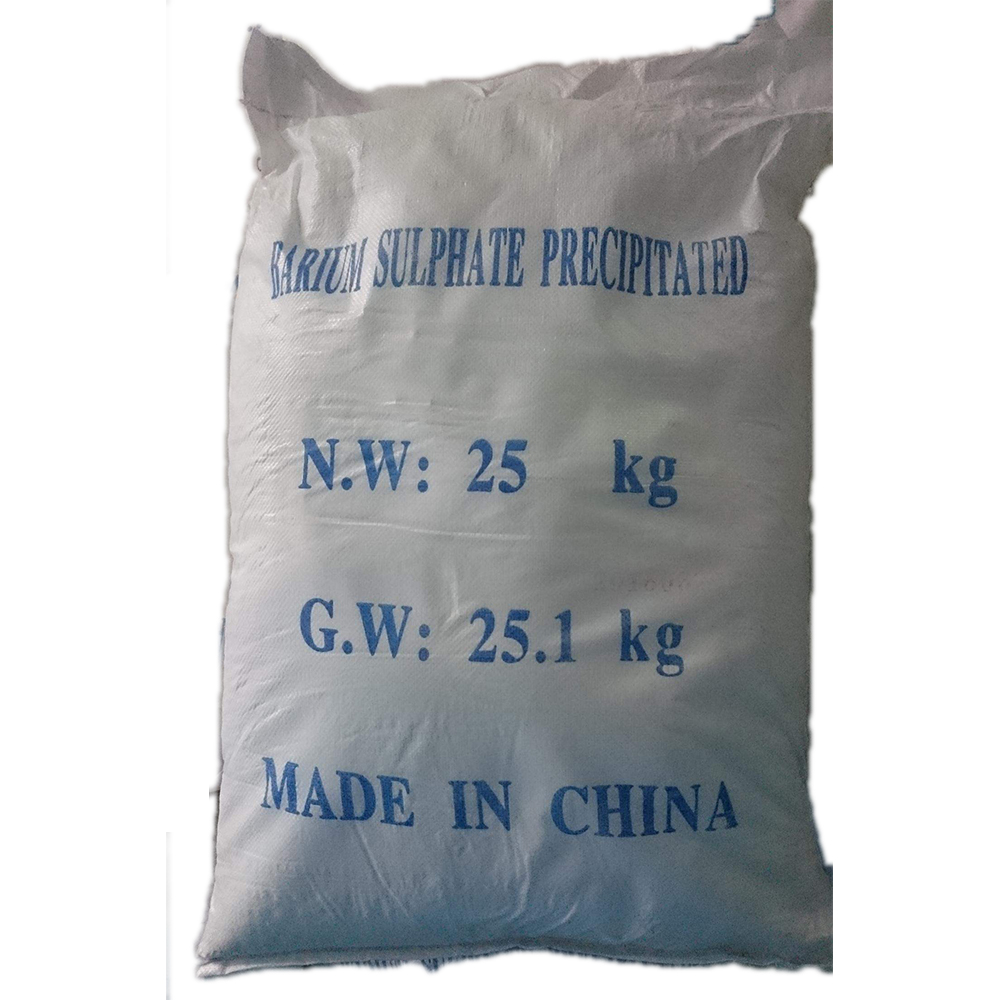



swimming pool water purification
Swimming Pool Water Purification Ensuring Clean and Safe Swim
Swimming pools are a source of enjoyment and relaxation, offering a cool retreat during hot weather. However, maintaining clean and safe water is essential for the health of swimmers and the longevity of the pool itself. Water purification in swimming pools involves various processes aimed at removing contaminants, bacteria, and impurities, ensuring a safe swimming environment.
The primary method of water purification in swimming pools is chlorination. Chlorine is a powerful disinfectant that effectively kills harmful microorganisms. When added to the pool water, chlorine reacts with contaminants, such as sweat, oils, and bacteria, breaking them down and rendering them harmless. Regular testing of chlorine levels is crucial, as maintaining an appropriate balance (usually between 1 to 3 parts per million) ensures maximum effectiveness while preventing skin irritation for swimmers.
In addition to chlorine, many pool owners utilize alternative sanitization methods to enhance water quality. One popular option is bromine, which works similarly to chlorine but is often favored for indoor pools due to its lower odor and less irritating properties. UV (ultraviolet) light systems are also gaining popularity; they kill bacteria and viruses by exposing them to intense UV radiation, thus reducing the need for high chlorine levels.
swimming pool water purification

Filtration systems play a vital role in water purification as well. Pool filters remove debris, dirt, and tiny particles from the water, providing a clear and inviting swimming environment. There are three main types of filters sand, cartridge, and diatomaceous earth (DE) filters. Sand filters use a bed of sand to trap particles, while cartridge filters contain a replaceable filter that captures debris. DE filters utilize fossilized diatoms to achieve superior filtration. Regular cleaning and maintenance of filters are essential to ensure optimal performance and clarity of pool water.
Another important aspect of swimming pool water purification is maintaining proper pH levels. The pH scale ranges from 0 to 14, with 7 being neutral. Pool water should ideally maintain a pH level between 7.2 and 7.8. If the pH is too high or too low, it can affect the efficiency of chlorine, leading to ineffective disinfection and potential skin and eye irritation for swimmers. Regular testing using pH strips or digital testers helps pool owners make necessary adjustments.
Additionally, regular shocking of the pool water is recommended to eliminate contaminants that chlorine alone may not effectively tackle. Shocking, or superchlorination, involves adding a high dose of chlorine to the pool to quickly raise the level, effectively killing off chloramines and other harmful substances. This should be done periodically, especially after heavy usage or after rain, to ensure optimal water quality.
In conclusion, swimming pool water purification is crucial for maintaining a clean, safe, and inviting swimming environment. Employing a combination of chlorination, alternative sanitizers, effective filtration, pH management, and regular shocking will help ensure that pool water remains clear and healthy. By investing time and effort in proper water purification practices, pool owners can create an enjoyable oasis for family and friends to enjoy throughout the swimming season.
-
Why Sodium Persulfate Is Everywhere NowNewsJul.07,2025
-
Why Polyacrylamide Is in High DemandNewsJul.07,2025
-
Understanding Paint Chemicals and Their ApplicationsNewsJul.07,2025
-
Smart Use Of Mining ChemicalsNewsJul.07,2025
-
Practical Uses of Potassium MonopersulfateNewsJul.07,2025
-
Agrochemicals In Real FarmingNewsJul.07,2025
-
Sodium Chlorite Hot UsesNewsJul.01,2025










